Website Design Secrets: How to Captivate Your Audience and Skyrocket Sales
In
the
ever-evolving
digital
landscape,
where
attention
spans
are
shorter
than
ever,
your
website’s
design
can
make
or
break
your
online
success.
Attracting
and
retaining
visitors
requires
more
than
just
aesthetics;
it
demands
a
strategic
approach
that
combines
creativity
with
functionality.
Join
us
as
we
unveil
the
secrets
to
creating
a
website
design
that
not
only
captivates
your
audience
but
also
propels
your
sales
to
new
heights.
Introduction
In
the
competitive
realm
of
online
business,
a
captivating
website
design
isn’t
a
luxury;
it’s
a
necessity.
Your
website
serves
as
the
digital
face
of
your
brand,
and
its
design
sets
the
tone
for
user
experience.
In
this
article,
we’ll
delve
into
the
intricacies
of
web
design,
exploring
strategies
and
secrets
that
can
transform
a
casual
visitor
into
a
loyal
customer.
Understanding Your Audience
Before
embarking
on
the
design
journey,
it’s
crucial
to
understand
your
target
audience.
What
appeals
to
them?
What
are
their
pain
points?
A
website
crafted
with
the
audience
in
mind
establishes
an
immediate
connection.
From
color
schemes
to
content
tone,
align
every
element
with
your
audience’s
preferences.
Furthermore,
consider
the
user
experience.
How
can
navigation
be
improved?
What’s
the
most
logical
flow
from
the
homepage
to
a
purchase?
How
can
a
website
be
made
more
accessible?
By
addressing
these
questions,
you
ensure
that
users
have
an
enjoyable,
stress-free
experience
on
your
website.
The Art of Visual Storytelling
Compelling Imagery
The
saying
“a
picture
is
worth
a
thousand
words”
holds
true
in
web
design.
High-quality,
relevant
images
not
only
enhance
your
website’s
visual
appeal
but
also
convey
your
brand
story
effectively.
Invest
in
professional
photography
or
utilize
stock
photos
that
resonate
with
your
brand’s
message.
When
used
correctly,
images
and
visuals
can
serve
as
a
powerful
tool
for
drawing
in
potential
customers.
Including
photos
of
your
products
or
services
is
an
excellent
way
to
showcase
your
offerings
and
give
customers
an
idea
of
what
to
expect.
You
can
also
use
visuals
to
convey
essential
information,
such
as
directions
to
a
physical
location
or
instructions
for
using
a
product.
Overall,
images
are
an
essential
part
of
any
successful
website
design.
Seamless Navigation
User
experience
hinges
on
seamless
navigation.
Ensure
your
website
is
intuitively
structured,
with
clear
pathways
guiding
visitors
from
landing
to
conversion.
Streamline
menus,
incorporate
search
functionality,
and
minimize
clicks
needed
to
reach
essential
information.
A
user-friendly
experience
keeps
visitors
engaged
and
encourages
exploration.
Furthermore,
consider
adding
visual
cues,
such
as
arrows
and
color-coding,
to
direct
attention
to
certain
elements.
Highlighting
the
most
important
sections
of
your
website
can
help
visitors
find
what
they
need
quickly
and
effectively.
Additionally,
use
breadcrumbs
to
indicate
a
user’s
location
within
the
website’s
structure.
This
helps
them
retrace
steps,
and
it
can
provide
further
context
for
the
page
they’re
currently
viewing.
Responsive Design for All Devices
Mobile Optimization
With
the
majority
of
internet
users
accessing
websites
via
mobile
devices,
responsive
design
is
non-negotiable.
Optimize
your
website
for
various
screen
sizes,
ensuring
a
flawless
experience
across
smartphones
and
tablets.
Google’s
algorithms
also
favor
mobile-friendly
websites,
impacting
your
search
engine
rankings
positively.
Additionally,
it
is
important
to
consider
that
the
user
experience
should
be
your
top
priority.
Your
website
should
be
designed
with
your
target
audience
in
mind,
catering
to
their
needs
and
desires.
Make
sure
that
the
content
is
easy
to
find
and
engaging,
as
well
as
optimized
for
speed.
By
focusing
on
the
user-experience,
you
can
ensure
that
your
website
will
be
successful.
Cross-Browser Compatibility
Cross
Browser
compatibility
is
Different
users
prefer
different
browsers.
Guarantee
a
consistent
experience
by
testing
your
website
on
various
browsers,
addressing
any
discrepancies
promptly.
A
seamless
browsing
experience
enhances
credibility
and
prevents
potential
customers
from
bouncing
to
competitors.
To
ensure
that
your
website
is
accessible
to
all
users,
be
sure
to
also
check
it
on
different
devices.
Different
devices
may
render
a
website
differently,
which
can
be
confusing
for
users.
Additionally,
a
website
should
be
designed
with
the
end-user
in
mind,
so
that
they
can
easily
navigate
through
the
website
and
find
the
information
they
are
looking
for.
A
website
that
is
difficult
to
navigate
will
quickly
result
in
users
leaving
and
looking
for
a
better
experience
elsewhere.
With
a
little
extra
effort
on
your
part,
you
can
create
a
website
that
is
user-friendly
and
ultimately
increase
your
online
visibility.
Maximizing Conversion Opportunities
Strategic Call-to-Action Placement
Guide
your
visitors
toward
conversion
with
strategically
placed
calls-to-action
(CTAs).
Whether
it’s
making
a
purchase,
subscribing,
or
filling
out
a
contact
form,
CTAs
should
be
clear,
compelling,
and
conveniently
located.
Experiment
with
contrasting
colors
to
make
them
visually
arresting.
Also,
make
sure
your
CTAs
are
consistent
in
their
messaging,
as
well
as
in
their
placement.
This
will
give
your
users
a
sense
of
familiarity
and
trust,
helping
to
build
a
loyal
following.
Additionally,
don’t
be
afraid
to
test
different
variations
of
your
CTAs,
such
as
short
phrases
or
longer
descriptions,
to
see
what
resonates
best
with
your
visitors.
Trust-Building Elements
Incorporate
trust
signals
throughout
your
website.
Display
customer
testimonials,
security
certifications,
and
prominent
logos
of
well-known
clients.
Establishing
trust
is
a
pivotal
step
in
turning
a
cautious
visitor
into
a
confident
customer.
Trust
signals
should
be
easy
to
spot
and
understand.
Include
a
“Secure
Shopping”
page
to
explain
the
steps
taken
to
ensure
customers’
safety.
Make
sure
customers
know
what
payment
methods
you
accept
and
that
their
credit
card
information
is
secure.
Show
that
you
have
a
clear
return
policy
and
secure
checkout
process.
Demonstrate
that
you
take
customer
service
seriously
and
that
you
are
available
to
answer
any
questions
or
concerns.
All
of
these
steps
will
make
customers
feel
more
confident
in
their
choice
of
your
business
and
will
help
to
build
trust
in
your
company.
Additionally,
having
a
clear
and
concise
privacy
policy
will
also
help
customers
feel
more
secure
with
their
purchase.
This
privacy
policy
should
explain
how
customer
data
is
collected,
stored,
and
used.
It
should
also
include
the
option
for
customers
to
opt-out
of
data
collection
and
other
marketing
activities.
By
providing
customers
with
this
information,
they
will
be
more
likely
to
trust
your
company
and
feel
secure
in
their
purchase.
Optimizing for Search Engines
Keyword Integration
Enhance
your
website’s
visibility
by
integrating
relevant
keywords
naturally
into
your
content.
Research
and
identify
the
terms
your
audience
uses
when
searching
for
products
or
services
similar
to
yours.
Strategic
keyword
placement
aids
search
engines
in
understanding
your
content’s
relevance.
In
addition,
focus
on
creating
content
that
is
well-structured
and
includes
headings,
lists,
and
images.
This
makes
it
easier
for
search
engines
to
crawl
and
index
all
of
your
content.
Keep
in
mind
that
search
engine
algorithms
are
designed
to
crawl
and
assess
the
quality
of
webpages.
Therefore,
make
sure
to
create
content
that
is
high-quality,
relevant,
and
up-to-date.
Finally,
link
to
other
quality
websites
and
resources
to
establish
yourself
as
a
reliable
source
of
information.
Speed Optimization
Page
load
speed
significantly
impacts
user
satisfaction
and
search
engine
rankings.
Optimize
images,
leverage
browser
caching,
and
invest
in
reliable
hosting
to
ensure
swift
loading
times.
A
fast-loading
website
not
only
improves
SEO
but
also
prevents
potential
customers
from
bouncing
due
to
impatience.
In
addition
to
the
technical
aspects
of
page
loading,
it
is
also
important
to
have
a
concise
page
design.
Too
much
clutter,
such
as
having
too
many
ads
or
animations,
can
slow
down
the
loading
time
of
your
page
and
discourage
visitors.
Designing
a
website
with
a
clear,
uncluttered
layout
and
removing
unnecessary
elements
can
help
make
sure
your
page
loads
quickly.
Conclusion
Crafting
a
website
that
captivates
your
audience
and
boosts
sales
requires
a
meticulous
blend
of
art
and
science.
By
understanding
your
audience,
embracing
visual
storytelling,
prioritizing
responsive
design,
maximizing
conversion
opportunities,
and
optimizing
for
search
engines,
you
pave
the
way
for
online
success.
Elevate
your
digital
presence
and
leave
a
lasting
impression
by
implementing
these
website
design
secrets.



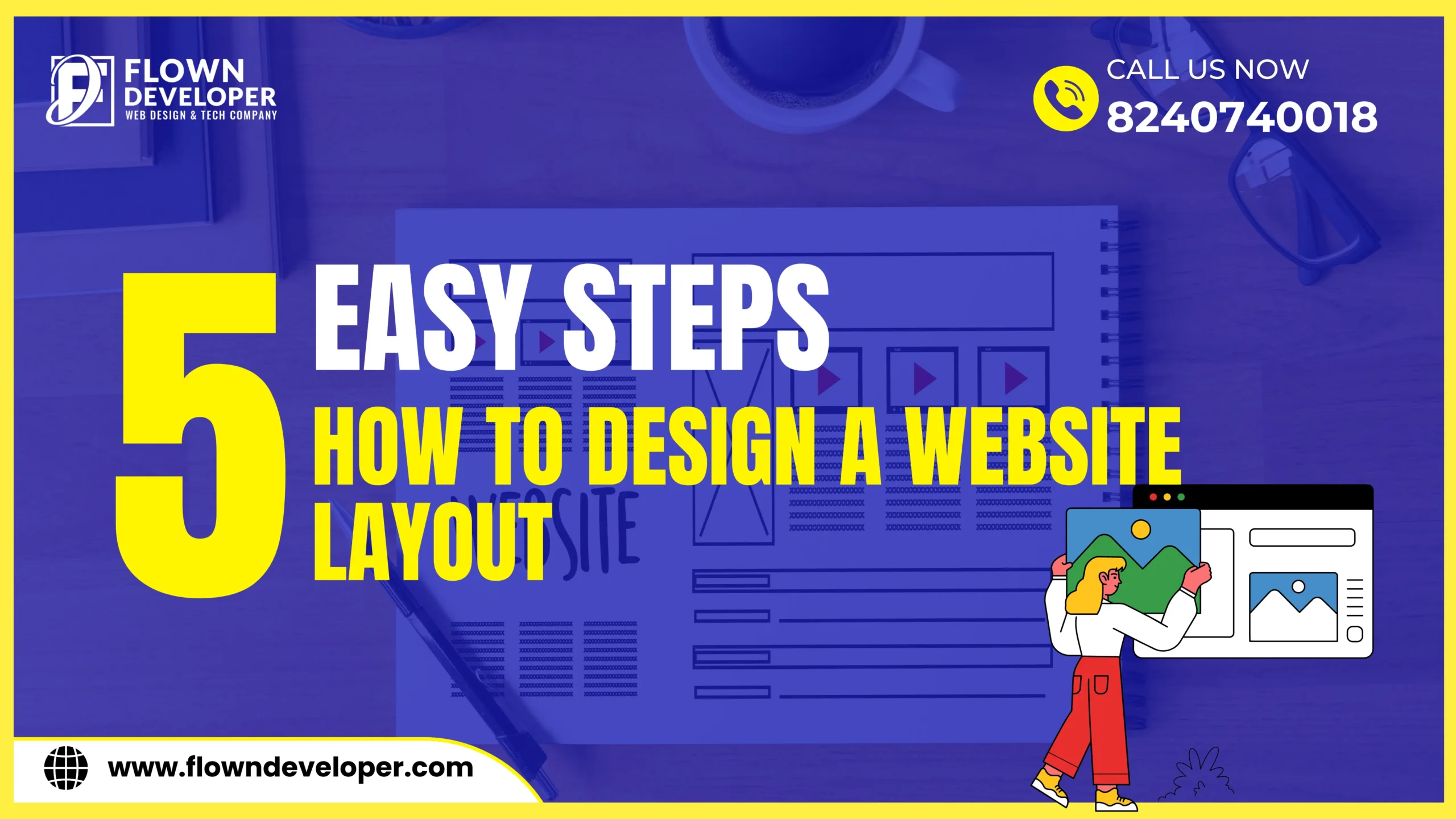
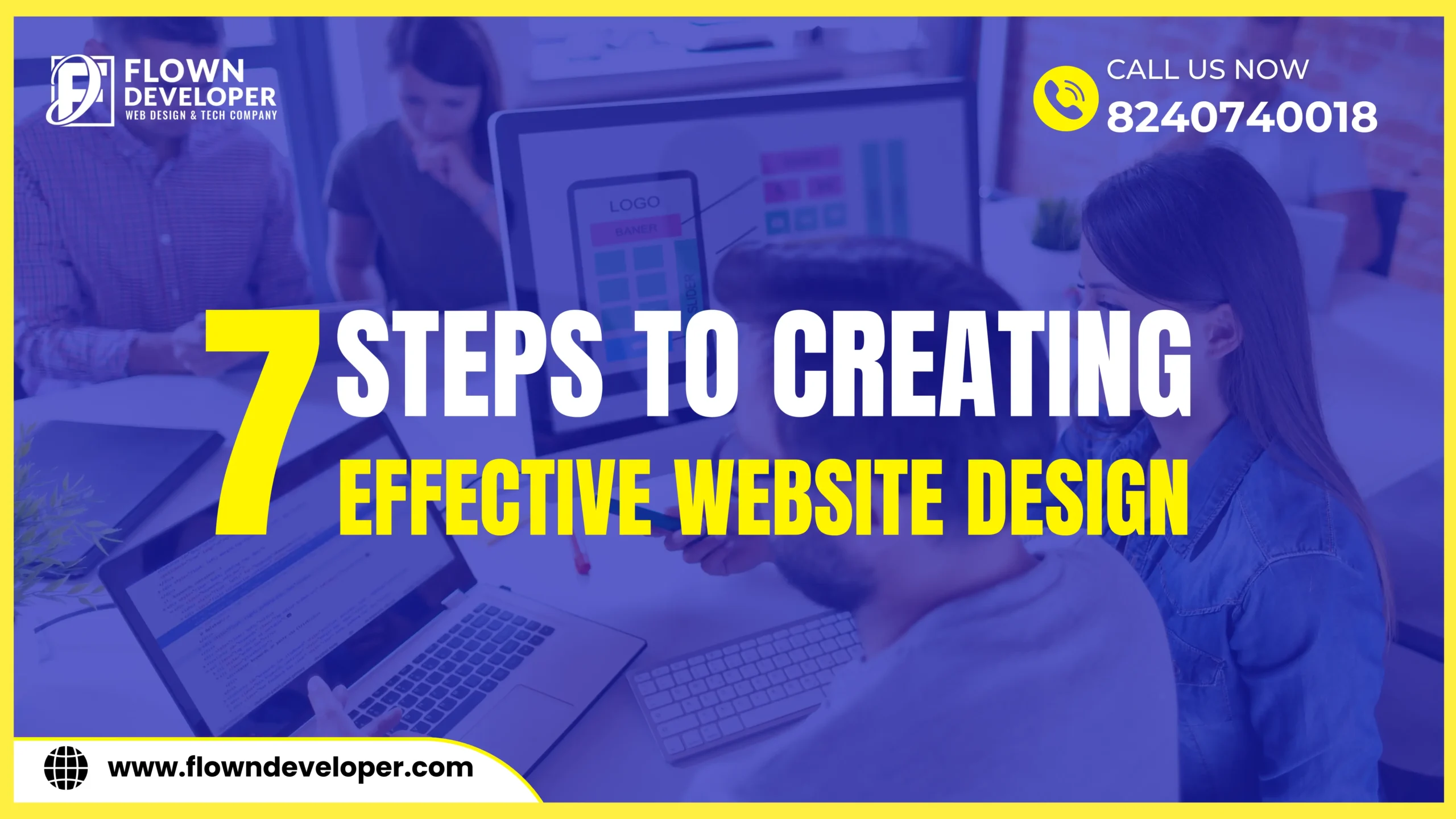
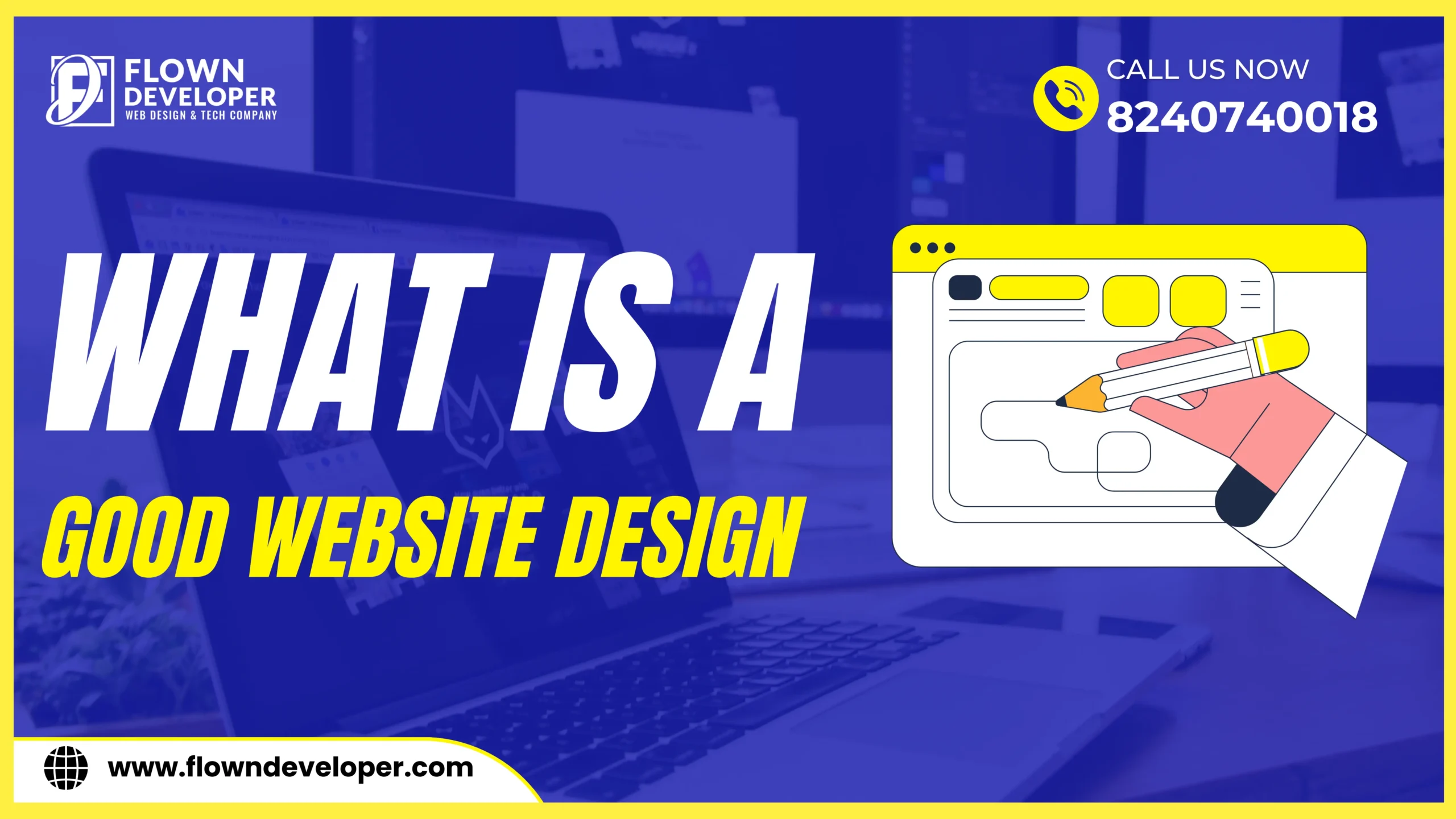
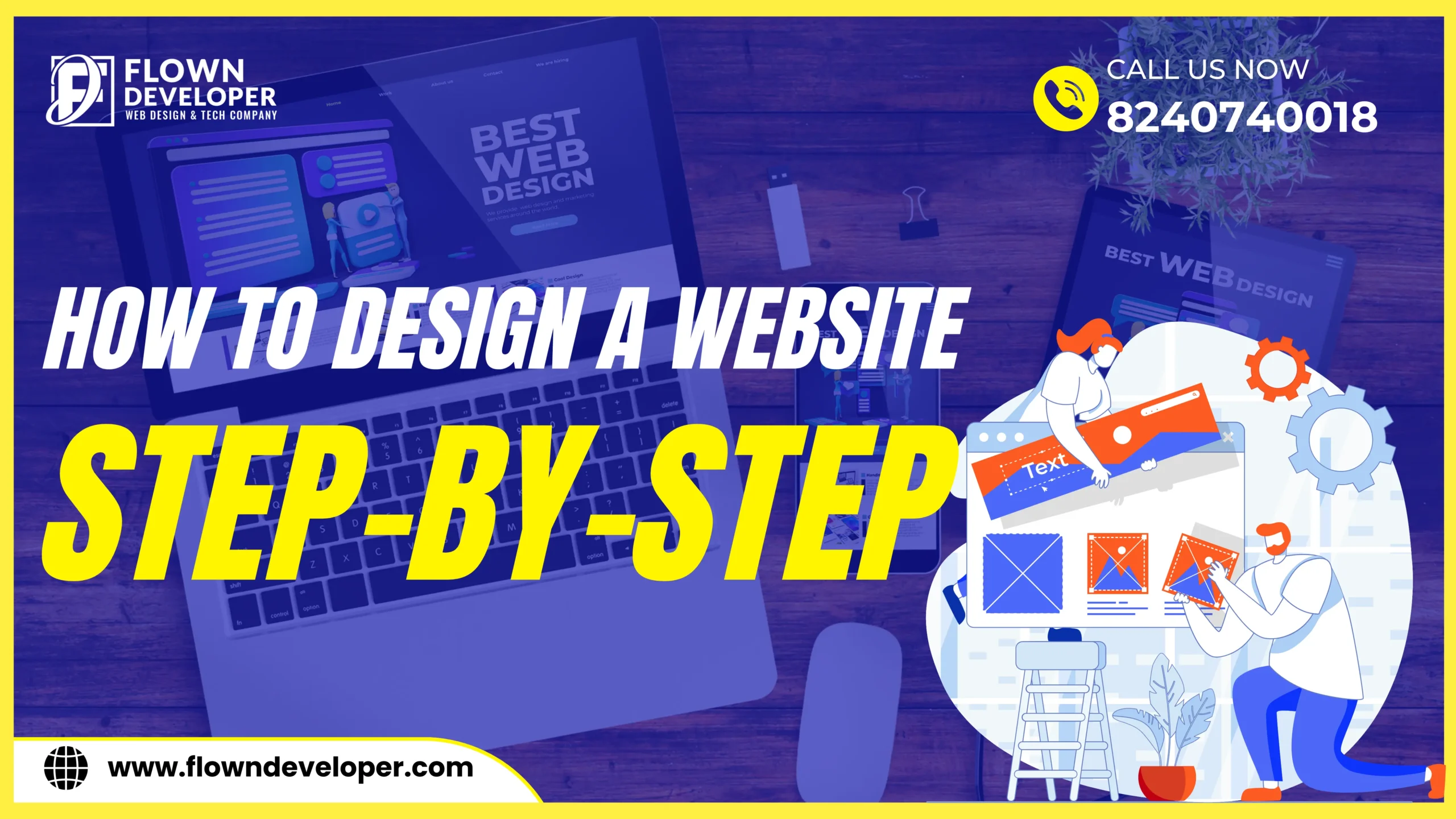
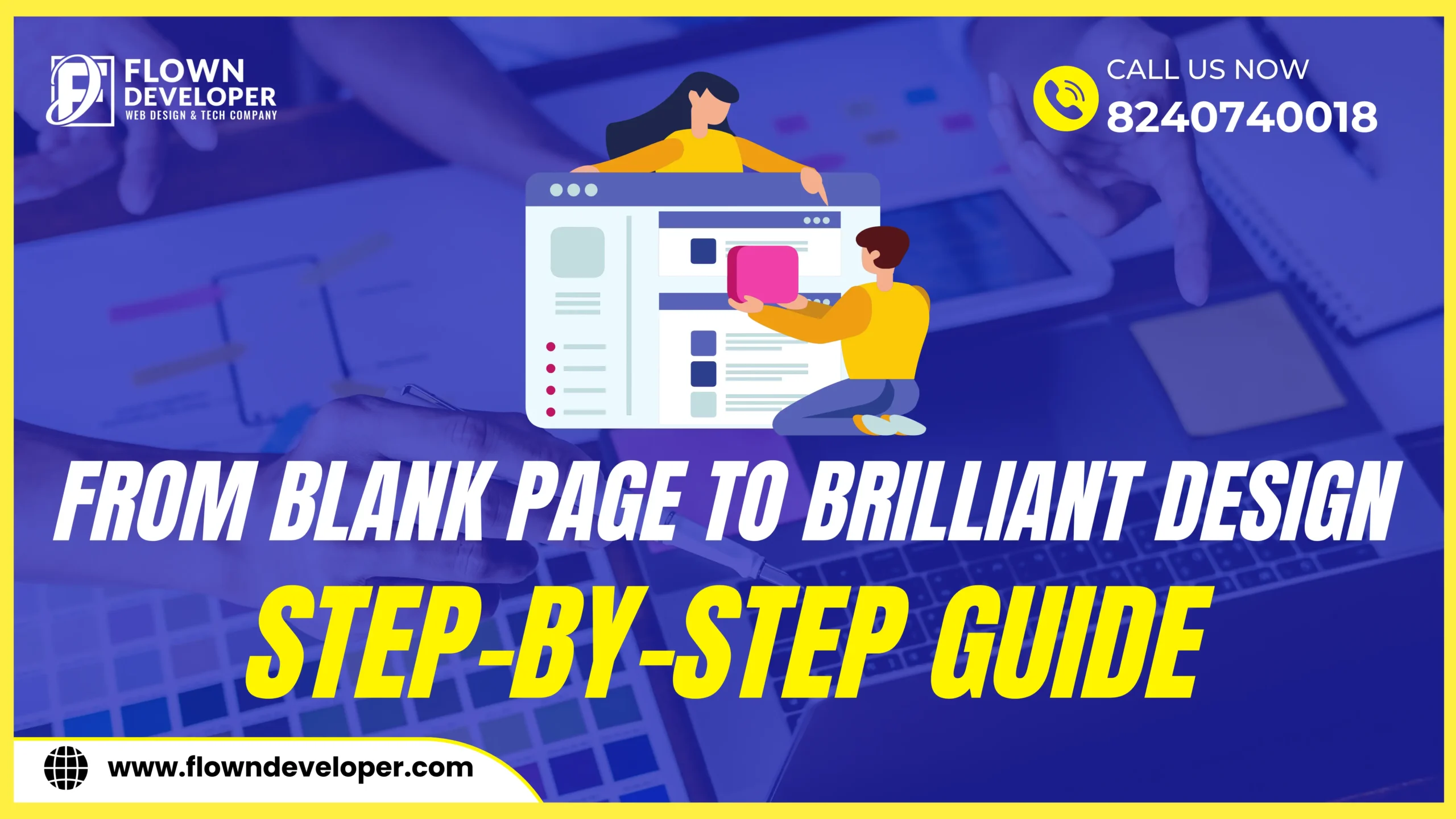
2 Responses
Your article helped me a lot, is there any more related content? Thanks!
Thank you for your positive feedback! We’re thrilled to hear that our article was helpful to you. We are currently working on more related content and will be sure to keep you updated on any new releases. Stay tuned for more valuable information!